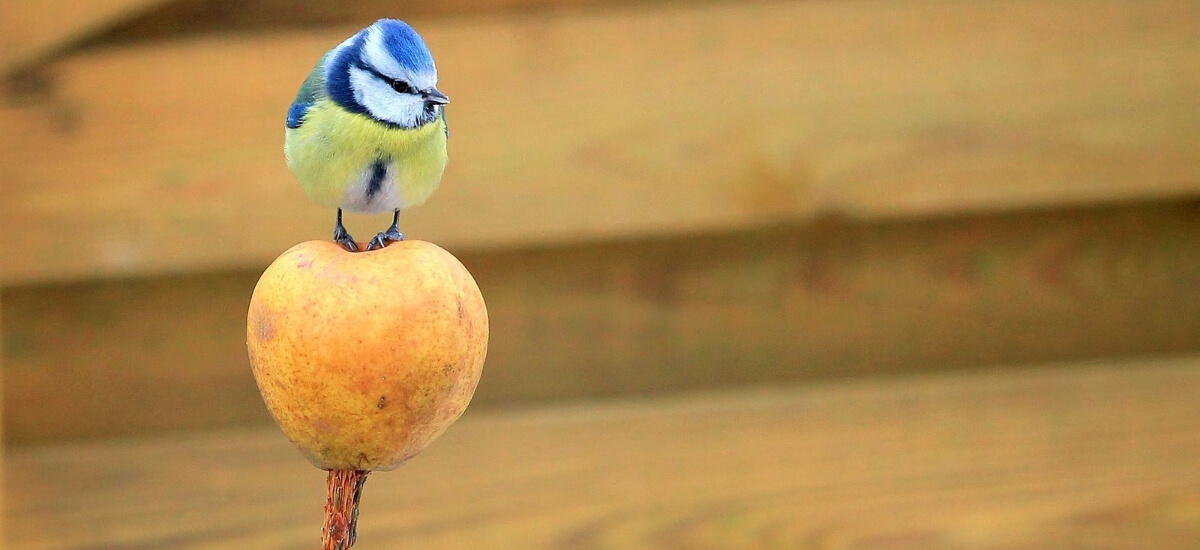Author: Christina Newberry / Source: Hootsuite Social Media Management With more than 500 million tweets sent each and every day—and up t

With more than 500 million tweets sent each and every day—and up to a record of 143,199 tweets in a single second—it’s easy to see how some important updates could get lost in the shuffle.
Enter the Twitter algorithm, a mathematical formula that works in the background to help ensure that the most important tweets appear at the top of your timeline each time you log in.
What is the Twitter algorithm?
According to Twitter, “Tweets you are likely to care about most will show up first in your timeline.”
In simple terms, the Twitter algorithm is the system that determines what Twitter thinks you are most “likely to care about,” and therefore what you are most likely to see when you first log in to the social network.
What we know about how the Twitter algorithm works
When it first launched more than 10 years ago, Twitter was a simple reverse chronological list of tweets by people you followed. Each time you logged into your account, you saw the most recent posts, whether they were breaking news or updates about what the people you follow had for breakfast.
That started to change in 2014, when Twitter began to include recommended tweets, accounts, and topics in users’ timelines, exposing them for the first time to content from people they didn’t yet follow.
Then, in early 2015, Twitter introduced a feature called “while you were away,” described as “a recap of some of the top tweets you might have missed from accounts you follow.”
In 2016, Twitter began to apply the same algorithm that powered “while you were away” to slightly reorder more of users’ timelines, and users freaked out, threatening to quit the network en masse. The #RIPTwitter hashtag went viral as people expounded on the reasons why anything other than straight real-time tweets would surely bring about Twitter’s demise.
But Twitter didn’t die. In fact, its user base has continued to grow, gaining 9 million monthly active users in just the first quarter of 2017. The company itself says that the Twitter algorithmic timeline actually increases how often users tweet and retweet.
So, the Twitter algorithm has continued to work in the background, surfacing tweets to the top of your feed based on a number of factors (see below) to help people keep up with the most important and interesting content in their feeds, even when they’re following thousands of people.
Twitter says its algorithm-based timeline boosts tweets to the top of your feed “based on accounts you interact with most, tweets you engage with, and much more.” While that “much more” is a closely guarded secret, and likely evolves constantly, Twitter also reveals that it may show tweets in your timeline—even from people you don’t follow—based on “a variety of signals” like “how popular it is and how people in your network are interacting with it.”
Some users—mostly those who log into the network less often—will also see a collection of what Twitter determines to be “the most interesting tweets you might not have seen” in a section called “In case you missed it,” which replaces the old “while you were away” section.
One interesting thing to keep in mind is that the Twitter algorithm is much more subtle than those used by Facebook and Instagram. And users can actually choose to turn the Twitter algorithmic timeline off entirely, reverting to a simple reverse…

COMMENTS